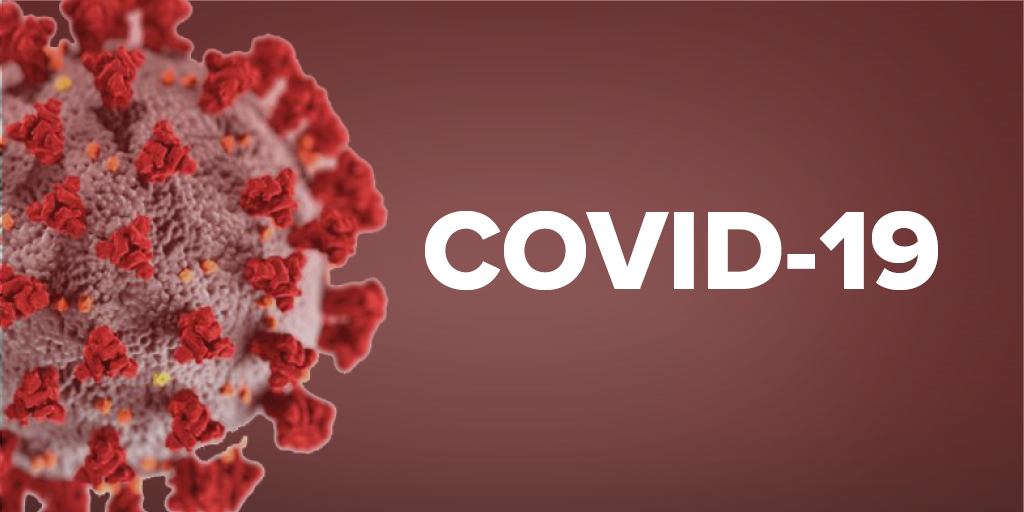Note: To ensure all area residents to have important local information about the coronavirus health emergency, the Mitchell News-Journal has lifted its paywall and is providing unlimited access to virus-related articles on our website. We need your support to continue this important work. Please join your neighbors and become a subscriber today at www.mitchellnews.com or by calling 828-765-7169.
RALEIGH – Gov. Roy Cooper issued Executive Order No. 135 at a Thursday, April 23, press conference extending North Carolina’s stay-at-home order through May 8. The orders extending the closure of restaurants for dine-in service and bars and closure of other close-contact businesses are also extended through May 8.
Cooper also shared information about how North Carolina can gradually reopen over three phases to prevent hotspots of viral spread while also beginning to revive the economy. These phases are based on the best information available but could be altered as new information emerges, according to a press release.
Phase 1:
• Modify the stay-at-home order to allow travel not currently defined as essential, allowing people to leave home for commercial activity at any business permitted to be open, such as clothing stores, sporting goods stores, book shops, houseware stores and other retailers.
Ensure any open stores implement appropriate employee and consumer social distancing, enhanced hygiene and cleaning protocols, symptom screening of employees, accommodations for vulnerable workers, and provide education to employees and workers to combat misinformation.
• Continue to limit gatherings to no more than 10 people.
• Reopen parks that have been closed subject to the same gathering limitation. Outdoor exercise will continue to be encouraged.
• Continue to recommend face coverings in public spaces when 6 feet of distancing isn’t possible.
• Encourage employers to continue teleworking policies.
• Continue rigorous restrictions on nursing homes and other congregant care settings.
• Local emergency orders with more restrictive measures may remain in place.
Phase 2
At least 2-3 weeks after Phase 1
• Lift stay-at-home order with strong encouragement for vulnerable populations to continue staying at home to stay safe.
• Allow limited opening of restaurants, bars, fitness centers, personal care services, and other businesses that can follow safety protocols, including the potential need to reduce capacity.
• Allow gathering at places such as houses of worship and entertainment venues at reduced capacity.
• Increase in the number of people allowed at gatherings.
• Open public playgrounds.
• Continue rigorous restrictions on nursing homes and other congregant care settings.
Phase 3
At least 4-6 weeks after Phase 2
• Lessen restrictions for vulnerable populations with encouragement to continue practicing physical distancing and minimizing exposure to settings where distancing isn't possible.
• Allow increased capacity at restaurants, bars, other businesses, houses of worship and entertainment venues.
• Further increase the number of people allowed at gatherings.
• Continue rigorous restrictions on nursing homes and other congregant care settings.
Cooper and Department of Health and Human Services Secretary Dr. Mandy Cohen underscored the need for the testing, tracing and trends to move in the right direction for each of these phases to move forward. If there is a spike in infections, tightening of restrictions may be needed temporarily.
An announcement about K-12 public schools is expected Friday, April 24.

